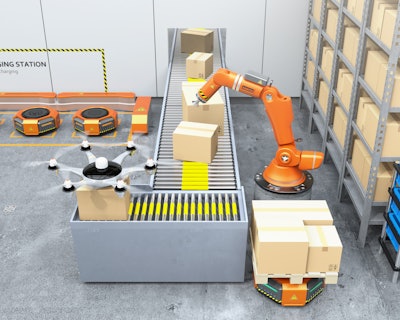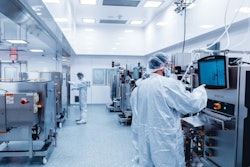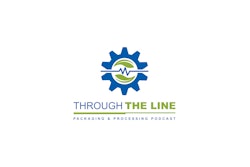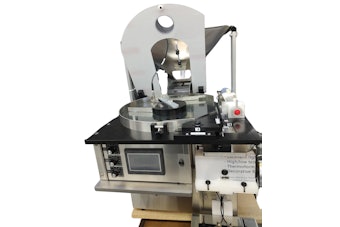
The use of robotics to execute logistics-related functions continues to expand, as evidenced by the March 18, 2018 NYTimes.com article, “FedEx Follows Amazon Into the Robotic Future.”
Although the article focuses in part on how robots are being used to handle larger packages that don’t fit on typical conveyor belts, labor shortages make robotics systems a viable option for numerous logistics functions for diverse industries, including life science logistics.
Some of these applications were revealed in the March 12, 2018 Logistics Management story, “Robotics at a tipping point.” Author Bob Trebilcock reports, “Over the last two years, we’ve featured a variety ofrobotic applications, ranging from piece picking robotics at aneye wear manufacturer; mixed layer palletizing atL’Oreal; mobile robots in manufacturing atGE HealthcareandWhirlpool; a piece picking robot in order fulfillment atRochester Drug; a collaborative mobile robot fromLocus RoboticsatQuiet Logistics, and robotic distribution atMedline.”
With so many different robotic applications, the logistics market continues to gainsteam. Grand View Research forecasts global pharmaceutical robot market growth to reach $430 million by 2025. Says the report, “With increasing drug discovery and clinical trials, there is growing demand for robotics. To minimize workload and maintain higher levels of accuracy, automation has become a significant part of pharmaceutical manufacturing. It increases efficiency, prevents performance of repetitive activities, and avoids human error and contamination. Technological advancement is an important factor driving growth. The use of robots and automated machines in the field of pharmaceuticals is still in its nascent stage and expected to grow in the near future.”
It’s uncertain what part of GVR’s forecast pertains specifically to pharmaceutical logistics. However, a positive projection comes from a separate report on the transit packaging market from FMI Future Market Insights. It notes, “Transit packaging solutions for ecommerce, pharmaceuticals and third-party logistics are manufactured by employing high-tech equipment for preventing loose thread contamination and maintaining hygiene standards. These three end-use industries are expected to remain dominant in the global transit packaging market, in terms of revenues. Pharmaceuticals will remain the fast-expanding end-use industry of transit packaging through 2026.”






















